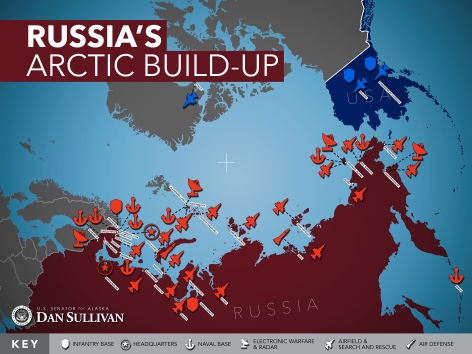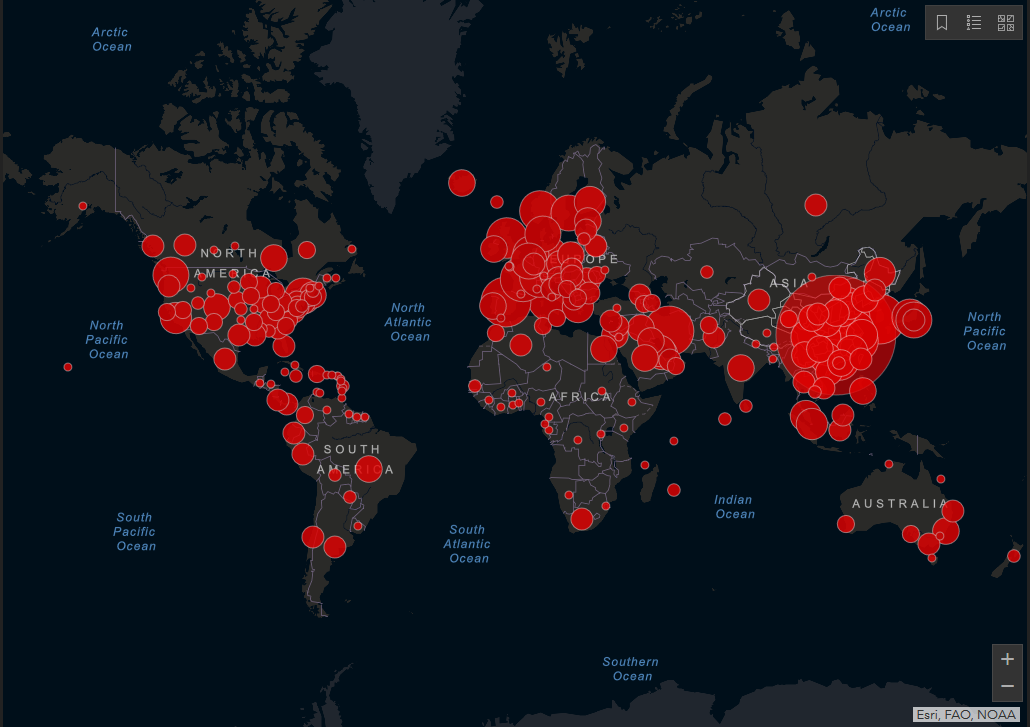> – Venezuelan General Visits Belarusian Military Academy; Minsk to Build Trucks, Tractors, and Apartments in Venezuela
– Venezuelan General Visits Belarusian Military Academy; Minsk to Build Trucks, Tractors, and Apartments in Venezuela
– Pending Russian Upgrades for Nicaragua’s Soviet-Era Armament Worry Costa Rica, VP Refutes Newspaper’s Accusations
– Central America’s Communist and Social Democratic Leaders Woo President Lobo, Offer Recognition of Honduran Government
– Bomb Blows Up at US Consulate in Nuevo Laredo, No Casualties in 2nd Attack on US Diplomatic Facilities in Mexico
The Soviet strategists are moving ahead with plans to revitalize their military relationship with Communist Cuba and neo-Sandinista Nicaragua, as well as greatly expand their military cooperation with Red Venezuela. Together, this communist troika, which we call the Havana-Caracas-Managua Axis, along with the communist regimes in Bolivia and Ecuador, constitutes a not insignificant military threat to the national security of the USA’s allies in the region, especially Honduras, Panama, and Colombia. The pro-business, pro-Washington regimes in Peru and Chile, the latter installed in March, are also targets of subversion by domestic chapters of Hugo Chavez’s Bolivarian agents.
Today Cuba’s top general Alvaro Lopez-Miera (pictured above) led a military delegation to Moscow. Lopez-Miera, who is Chief of the General Staff of the Revolutionary Armed Forces of Cuba, was welcomed at the airport by first deputy chief of the Russian General Staff, Lieutenant General Alexander Burutin. Later today Lopez-Miera and Burutin will visit the Russian General Staff Military Academy and inspect a brigade that has been restructured under the Russian military’s ongoing modernization program.
Tomorrow Lopez-Miera will hold talks with his Russian counterpart Army General Nikolai Makarov, where they will analyze bilateral military cooperation and the prospects for new agreements in the same field. On April 14 Lopez-Miera will visit Russian armament companies where there will be demonstrations of air defense systems that Havana is eyeing for its own protection against a hypothetical US invasion.
For his part, Makarov visited Cuba last September to discuss the modernization of the Cuban armed forces under Russian auspices. In October 2008 the chief of Russia’s air defense battalions, General Alexander Maslov, flew to Cuba to assess the readiness of the island’s air defenses, while Novosti reported that in the same year Russian bomber crews surveyed a site on the island that could serve as a potential refuelling base. During the First Cold War (1945-1991), the Soviet Union was Cuba’s primary benefactor, a role delegated of late to Venezuela.
Meanwhile, both Russia and Cuba are rapidly transforming Venezuela into another Communist Bloc satellite. In February President Chavez appointed Cuba’s Vice President Ramiro Valdez to head a commission tasked with fixing Venezuela’s power grid, which is beset with regular outages. On April 2 Russia’s KGB-communist dictator, Prime Minister Vladimir Putin, materialized in Caracas where he discussed bilateral cooperation on oil exploration and drilling, nuclear energy production, and defense, although no new arms agreements were apparently signed.
“Our delegation has just returned from Venezuela and the overall volume of orders could exceed $5 billion,” Putin expounded hopefully to Russian news agencies upon returning to his homeland. Putin added: “This figure includes $2.2 billion in credit lines for Russian arms received by Chavez during his eighth visit to Moscow in September, including T-72 tanks and the S-300 advanced anti-aircraft missile system.” Chavez was elected president of Venezuela in 1998.
Chavez has frankly admitted that his growing, Russian-built arsenal is aimed at countering a planned increase in the number of US counter-narcotics troops in neighboring Colombia, Washington’s closest ally in South America. In response to the Soviet-Venezuelan strategic partnership, US State Department spokesentity P.J. Crowley blathered: “We’re hard pressed to see what legitimate defence needs Venezuela has for this equipment. If Venezuela is going to increase its military hardware, we certainly don’t want to see this hardware migrate to other parts of the hemisphere.”
In addition to beefing up Venezuela’s armed forces, Russia has also pledged to install 30,860 miles of railroad lines in that country in a project that will be completed by 2013. Putin agreed to assist Chavez in this massive construction project during his Caracas stopover. “This agreement is being immediately real, with a factory for railroad lines, we have already signed the agreement,” explained Venezuela’s Minister of Public Works and Dwellings, Diosdado Cabello. Additionally, Venezuela intends with Russian oversight to build a second factory to weld railroad lines. Russian engineers are currently in the Venezuelan state of Aragua supervising the construction of two plants that will assemble under license Kalashnikov automatic rifles and their cartridges.
Over the weekend, Chavez tied his past and pending Russian arms acquisitions to the establishment of his Bolivarian Militia, a Cuban-style outfit that will arm students, farmers, and workers to repel a hypothetical US invasion. “We are getting ready, so nobody can make a mistake with us,” Chavez boasted on his televised weekly rant, Alo Presidente, exhorting Venezuelans to complete the “transition to the socialist model.”
The Soviet strategists, as we previously blogged, are also arming Venezuela by way of Belarus, whose president, “ex”-communist Alexander Lukashenko, rules the country with an iron fist, maintaining a Soviet-era command economy and suppressing political dissidents and ethnic Poles. During his mid-March trip to Caracas, preceding Putin’s by only several weeks, Lukashenko promised to “strengthen” Venezuela’s military but, according to the MSM, offered no details, saying only that “Venezuela should be able to live peacefully without worrying about potential foreign threats.”
On March 15, as Lukashenka inaugurated his visit, Chavez disclosed that Venezuela was ready to begin selling 80,000 barrels of oil per day to Belarus from the start of May. The two communist states also signed 20 agreements that will lead to the construction of two plants in Venezuela that will produce MAZ trucks and tractors, as well as apartments for 15,000 Venezuelan families. Belarusian specialists will oversee these building projects. Belarus’ Minsk oblast and Venezuela’s state of Aragua signed an agreement on twin-town relations. Aragua, as noted above, is the site of the Russian-built Kalashnikov factories.
On April 7 Belarusian-Venezuelan military cooperation received a boost when the chief of Venezuela’s military academy, Brigadier General Alexis Lopes Ramires, arrived in Minsk to tour that country’s military academy. The Venezuelan delegation acquainted itself with the forms and procedures of Belarusian military training, as well as with the academy’s curriculum. Incidentally, the independent Belarusian media linked above reports that the military equipment Lukashenko promised to Chavez includes Tor M-1 missile defense units, which can detect aircraft and cruise missiles, even under “intense” electronic jamming.
During the 1980s the Sandinista People’s Army boasted the largest armed forces in Central America. Anti-communists, both in the region and the USA, feared that Nicaragua would attack and overrun Honduras, Costa Rica, and El Salvador, then in the throes of an insurgency backed by Cuba and the Soviet Union. In 1984 Robert Gates, currently US Defense Secretary but then CIA’s No. 2 official, advocated air strikes against Ortega’s Marxist government.
Twenty years later, the Soviets are still around but feign death, the Sandinistas are again openly ruling, the Farabundo Marti National Liberation Front is no longer a guerrilla army but the governing party, and Nicaragua’s neighbors are casting wary glances at the second Sandinista regime, which promptly cozied up to Moscow after Ortega’s re-election in 2006.
On April 8 Nicaraguan Vice President Jaime Morales, a former Contra rebel, rebutted assertions published in Costa Rican newspaper Al Dia that his country constitutes a threat to its southern neighbor. “Costa Rica has always said it has no army, but has a better equipped police that any army. You do not have tanks, helicopters or aircraft, but has a super well-armed police, and very large also,” he opined in televised remarks. He added: “Nicaragua only seeks to defend its sovereignty against drug trafficking and other external threats, but not to attack or to have confrontations with neighbors [because] they are our brothers. These are myths, rumors and gossip.”
Nothing was stated in this article from Inside Costa Rica about Russia’s pledge to upgrade Managua’s Soviet-era military hardware or renovate the Soviet-built runway at Punta Huete. However, any review of Nicaragua as a regional threat must be made in that light. Morales observed that Costa Rica’s center-left president-elect, Laura Chinchilla, has expressed her “good intention to have a fraternal closeness” with Nicaragua. “President Ortega,” Morales assured of his former personal enemy, “wants to have the best relations with all countries [more so] if there is a demonstration and an approach of a lady as that of the president of Costa Rica.”
Last July Honduras’ post-coup president, Roberto Micheletti, accused Nicaragua of provocatively moving troops to its northern border, allegedly to support Chavez’s direct statements about invading Honduras to “protect” Venezuelan diplomats.
Meanwhile, Nicaragua’s past/present Marxist dictator is playing nice with his center-right counterpart in Honduras, Porfirio Lobo, who was inaugurated in January after Micheletti stepped down. This past Friday Ortega greeted Lobo at Augusto Sandino International Airport in Managua. The World Bank, International Monetary Fund, and Inter-American Development Bank have resumed lending to Honduras, but the country remains suspended from the Organization of American States (OAS). Incidentally, last month Chilean socialist Jose Miguel Insulza was re-elected secretary general of the OAS.
Between June 28, when he was ousted from the presidency, and September 21, when he snuck back into Honduras, Nicaragua was home base for Manuel Zelaya, a compliant lackey of Chavez. During his exile Ortega and Brazilian President Lula da Silva championed Zelaya’s reinstatement. Changing his tune on April 9, Ortega intoned piously: “Unity is a vital need for Central America. Central American leaders must respond to the Central American Integration System, to strengthen the political, economic and social unity in the region.” Jacinto Suarez, who is in charge of foreign relations policy for the ruling Sandinista National Liberation Front, declared: “This is of great significance. It re-establishes communication between the two countries.”
On Sunday Ortega and Lobo were scheduled to fly to Guatemala City where they were to meet Guatemala’s center-left President Alvaro Colom and Salvadoran President Mauricio Funes. Normalizing ties with Honduras was the main item on the menu. Although putatively center-left in orientation, Funes represents the ruling Farabundo Marti National Liberation Front, whose Politburo is dominated by hard-core Marxists. Honduras’ withdrawal from the Bolivarian Alliance for the Americas last November was a blow to the Latin American Red Axis, which is committed to regional integration at the expense of capitalism and US influence.
Finally, Mexico’s Moscow-backed narco-insurgents are again targeting US interests. On Saturday morning an explosion occurred at the US consulate in Nuevo Laredo in the northeastern state of Tamaulipas. There were no casualties from the homemade bomb. Mexican authorities are conducting an investigation, while the US State Department decided to close its consulates in Nuevo Laredo and in the state of Coahuila. This is the second attack on US consular staff in Mexico within one month. On March 13, three people connected to the US consulate in war-wracked Ciudad Juarez were killed by gunmen, presumably linked to the country’s powerful drug cartels.
In conclusion, ask your neighbour if he appreciates the neo-communist threat south of the Rio Grande and, apart from some dim awareness of “nutjobs” like Chavez, you will likely receive an uncomprehending stare.




















